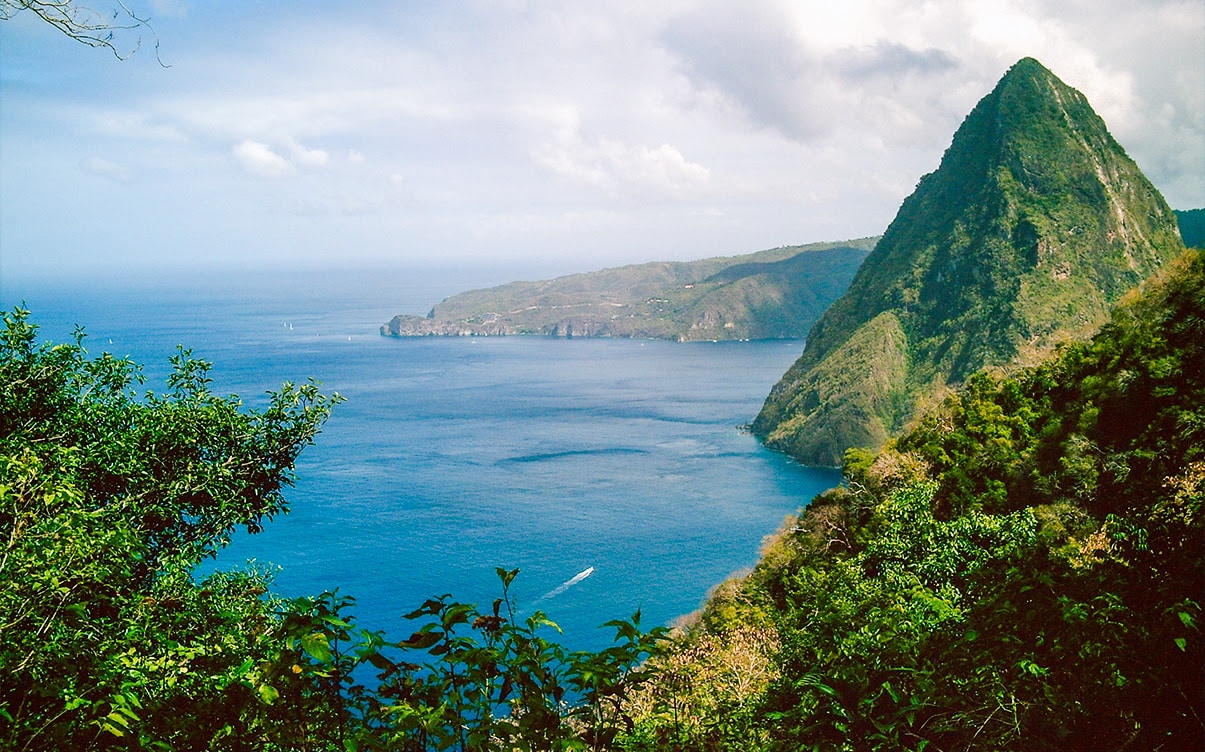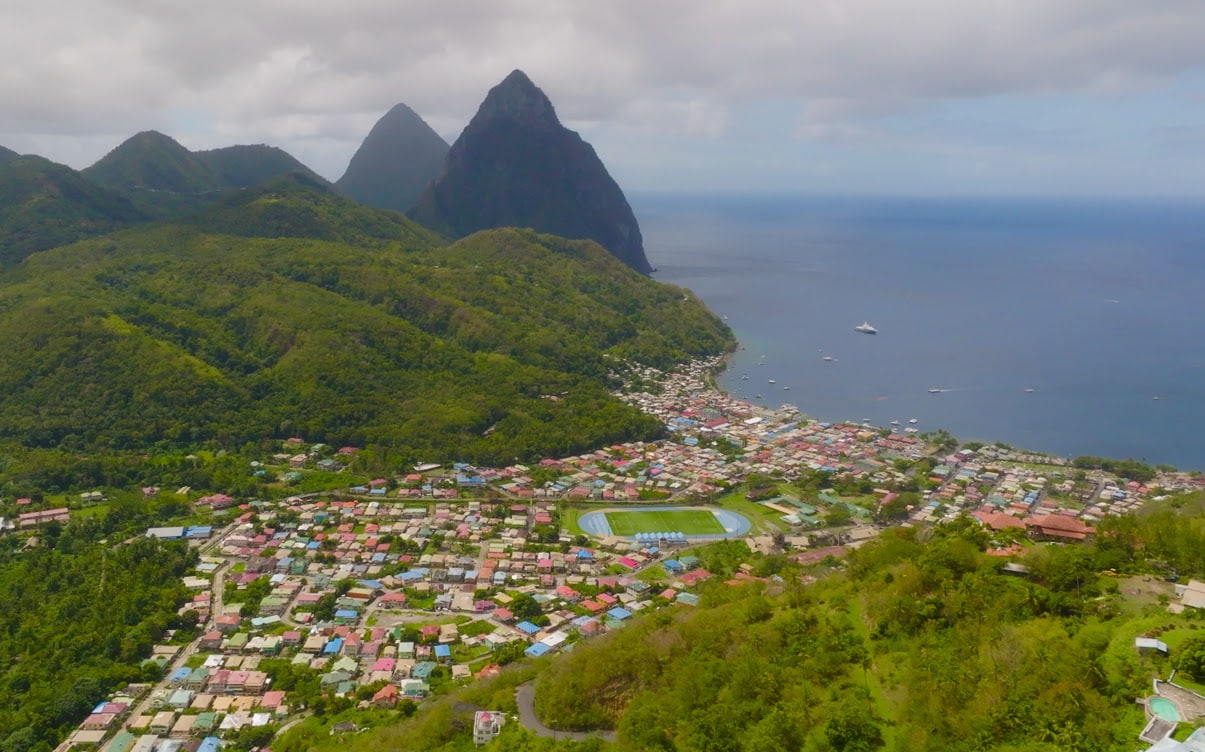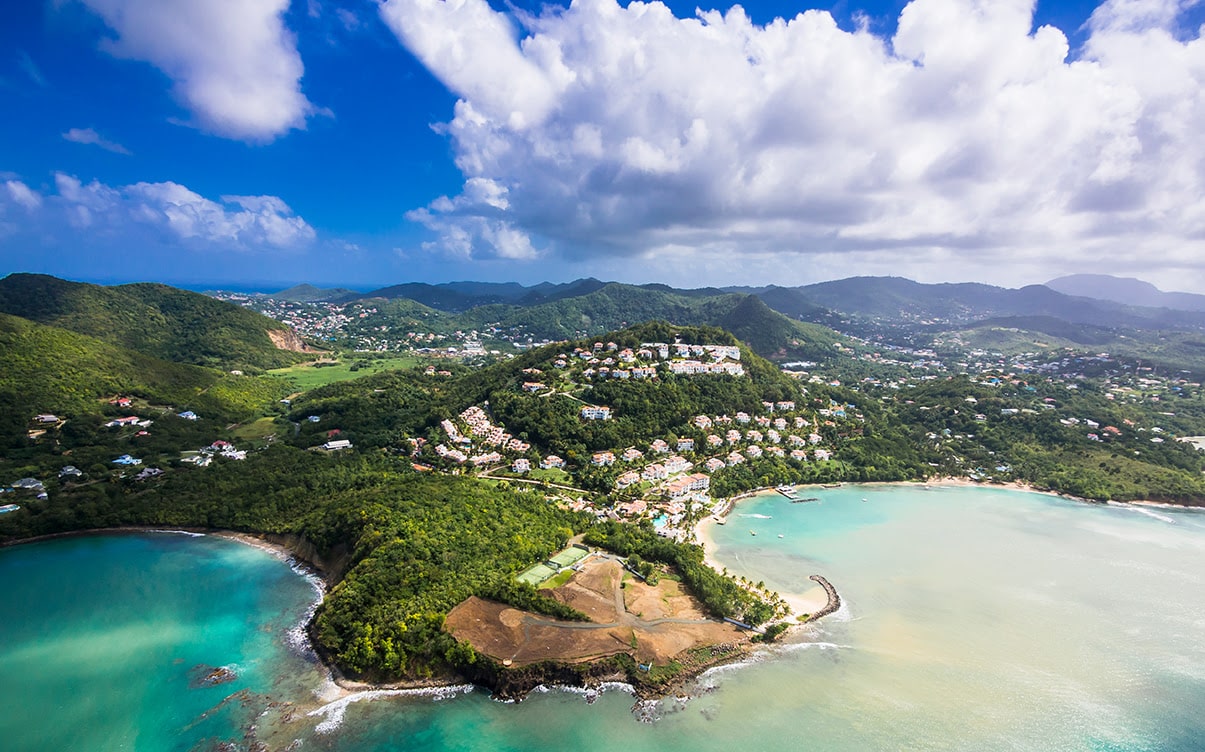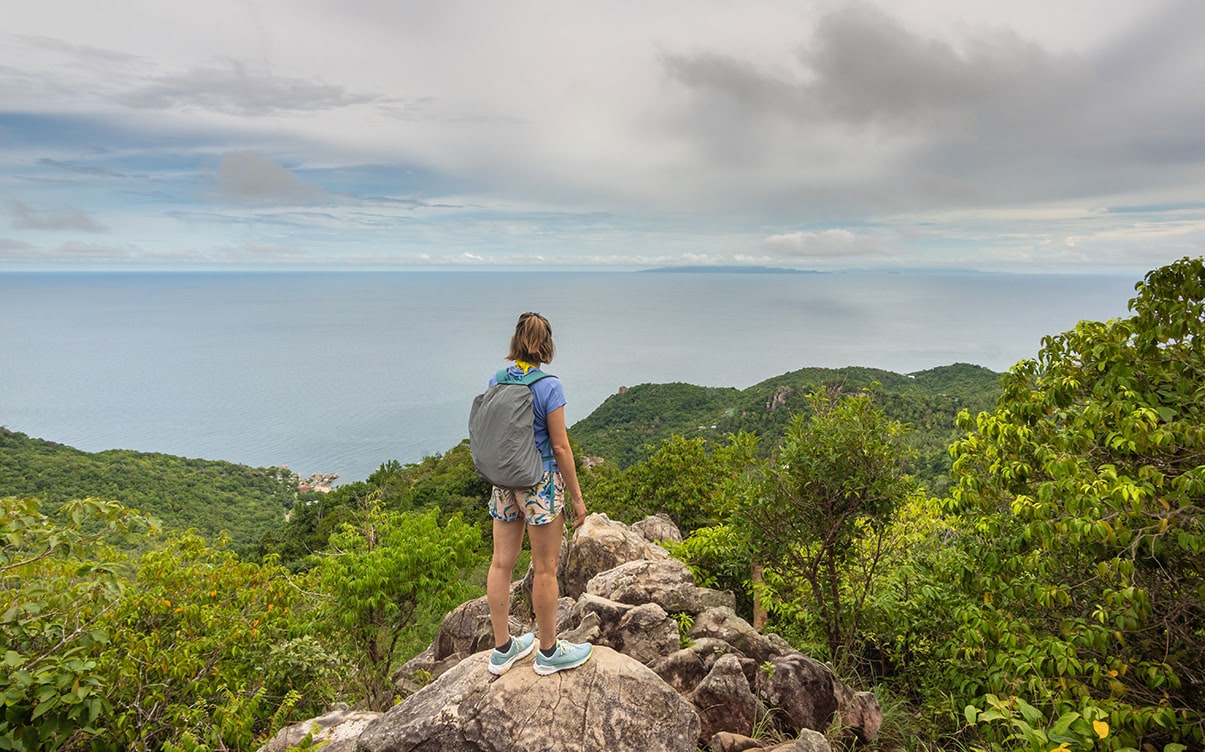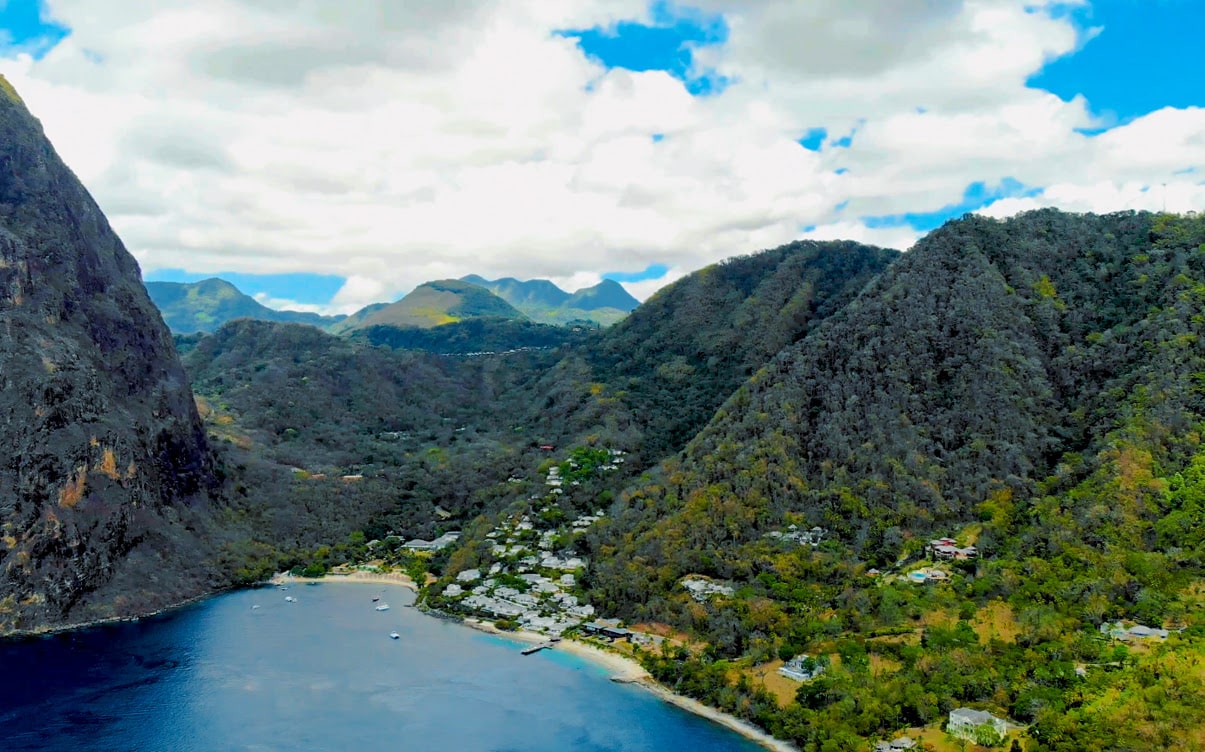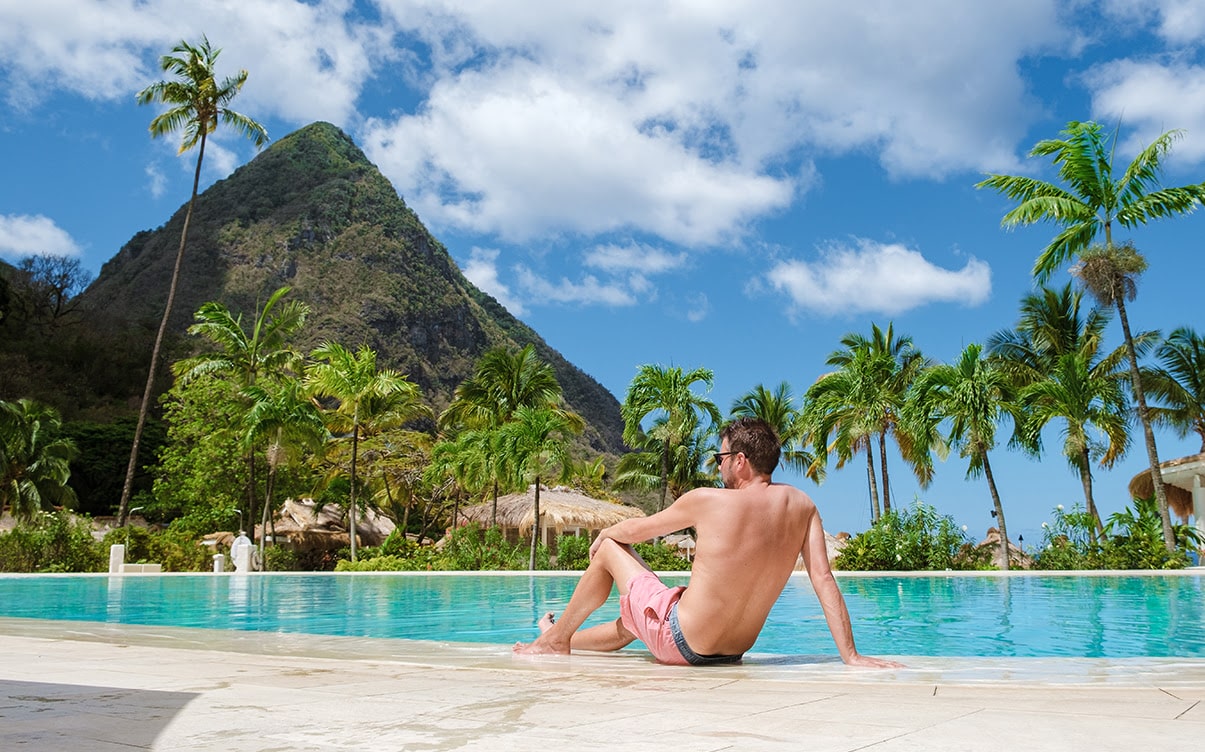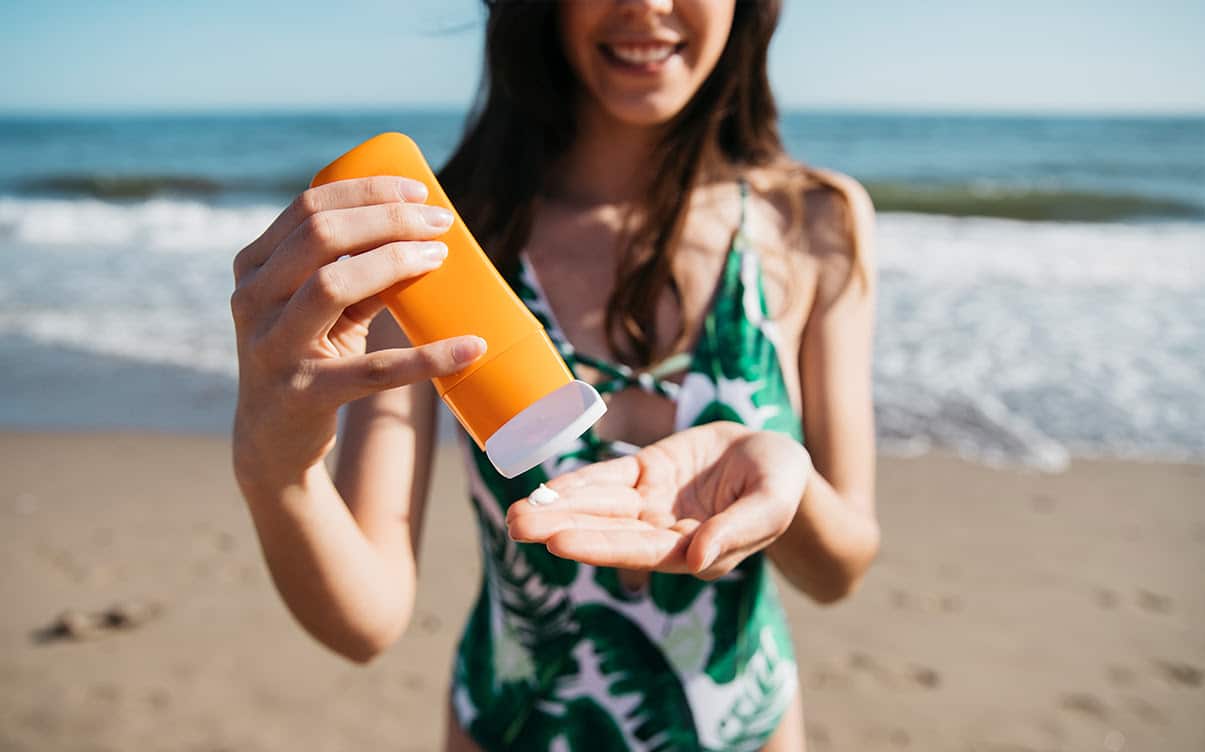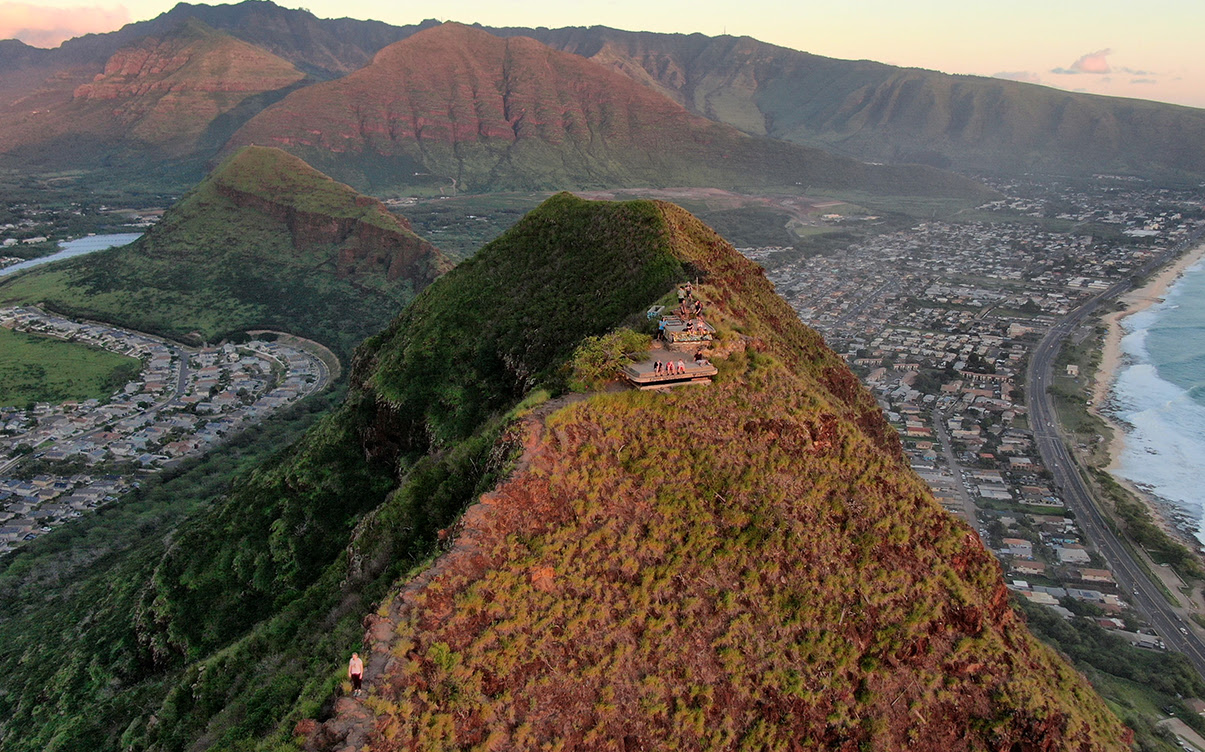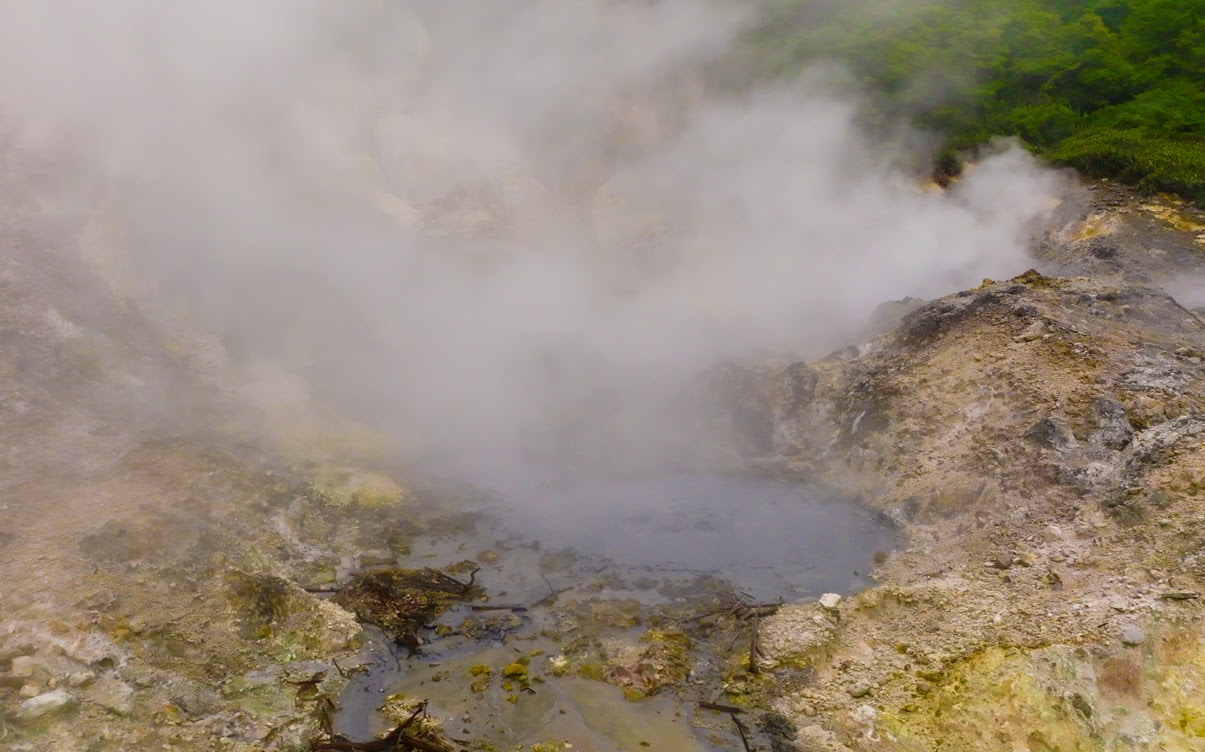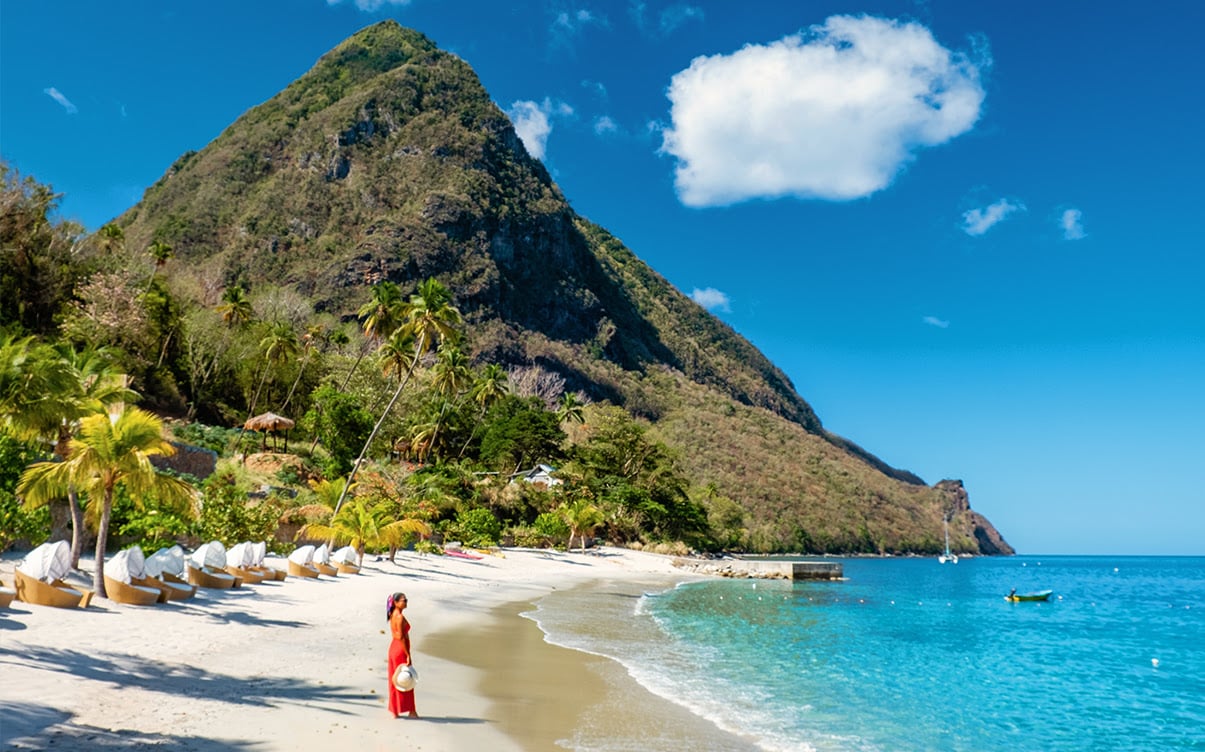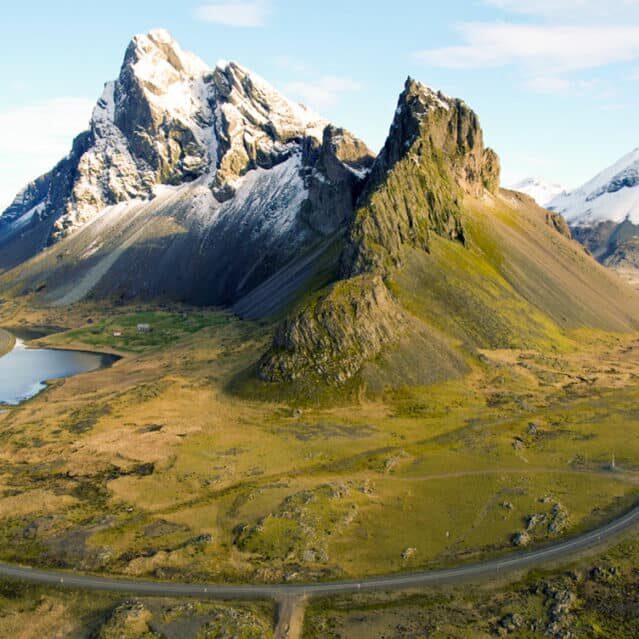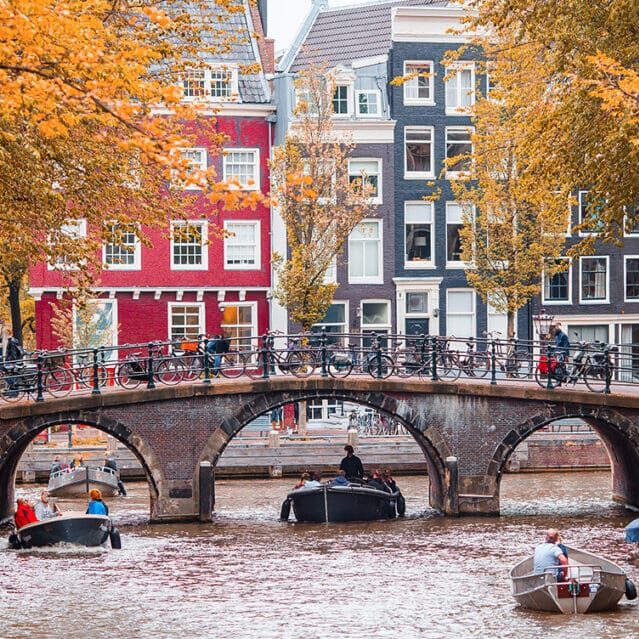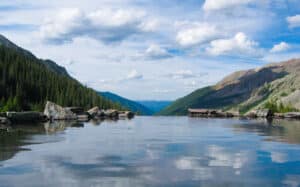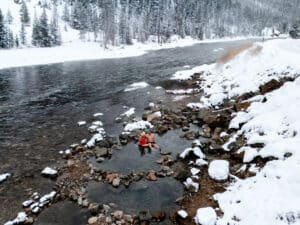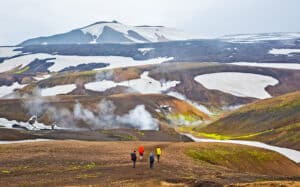Guide: Take a Day Trip to The La Soufriere Drive-In Volcano
Disclaimer: This post may contain affiliate links. Please see our Disclosure Policy and Advertiser Disclosure for details.
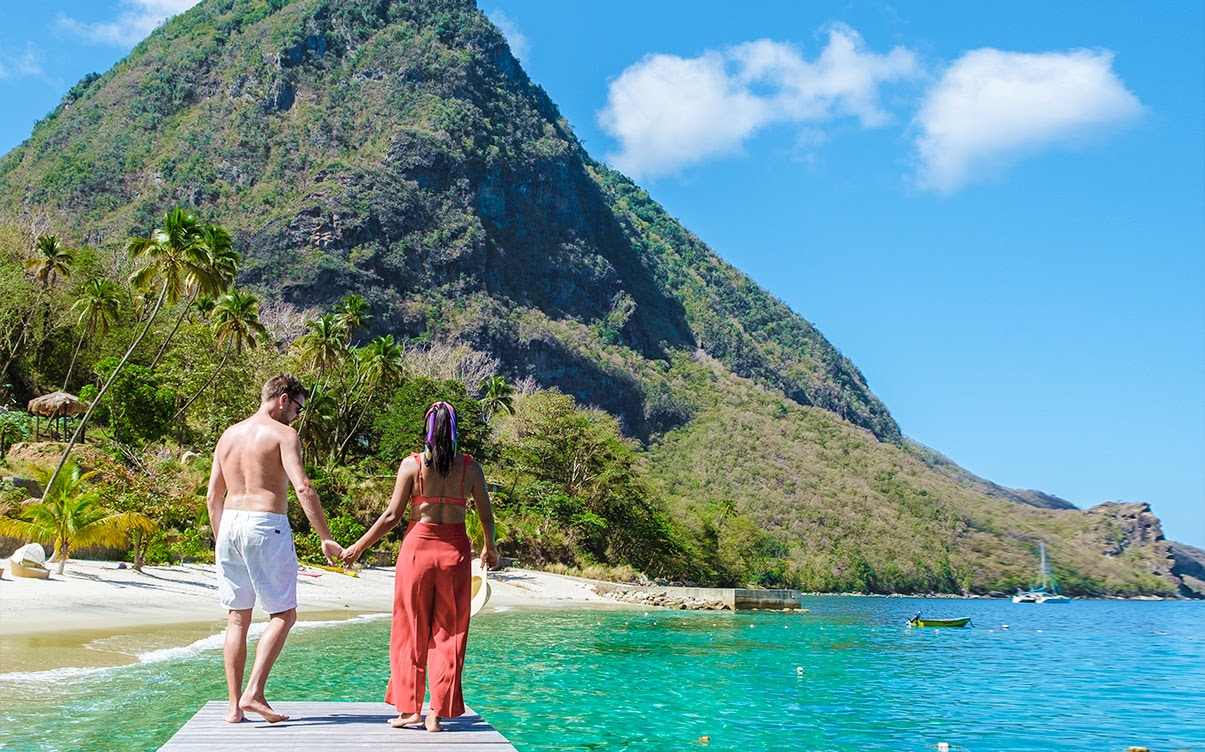
Volcanoes exist all around the world, from active, bubbling calderas to ticking time bombs to long-dormant mountains that see activity once every few million years. They’re an incredible natural feature, and it makes sense that you might want to visit them, but it’s not always possible. The more active a volcano is, the less likely you are to be able to visit up close, simply because of how dangerous it can be. Getting stranded by a rogue lava flow, cut off, and in need of airborne rescue, is perilous.
Of course, you don’t have the same kind of problem with dormant volcanoes, but when you settle back and think about it, they aren’t so different from mountains, and you can find mountains just about anywhere. Even a place like Iceland, packed with volcanoes both active and dormant, has limitations on where you can go.
What if there was a middle ground? A volcano that was active enough to be unique but not so active that the public is prohibited from approaching it? A volcano that doesn’t involve a long and treacherous hike or is limited to helicopter tours?
Such a place exists. It’s called “la Soufriere” (or “sulfur mine” in French), and it’s located a lot closer to home than you might think. You don’t need to fly out to the volcanic islands in the Philippines or off the coast of Alaska; all you need to do is hop on down to the Caribbean.
Where is la Soufriere?
In the chain of islands known as the Caribbean, you have big names like Cuba, the Bahamas, and Puerto Rico. Follow the chain down towards South America, and you pass the British Virgin Islands, the islands of Montserrat, Guadeloupe, and Dominica. A little further, and you reach the island of St. Lucia (but if you end up in Barbados or Grenada, you’ve gone too far.)
The island of St. Lucia is dotted with towns and cities, but in the southwest of the island, you can find the town of Soufriere. Despite being the former capital of St. Lucia, it’s a small town with only about 8,000 residents. It serves as a hub for tourism in the area, with locations like Diamond Falls, the nearby botanical gardens and state forests, the Soufriere Bay, and, of course, the Soufriere Drive-In Volcano and springs.
The volcano is itself a short distance south of the town of Soufriere. It’s only about four kilometers from the center of the town and takes less than ten minutes to drive out. Alternatively, you can hike your way down in about an hour and a half, depending on your level of fitness and how easily you’re distracted by the other cool things along the way.
Important note: One island to the south of St. Lucia is the island of St. Vincent. On that island is the volcano named La Soufriere. This is a much larger volcano and much more impressive as far as scenery goes, but it’s also much more remote, with no roads to drive you up to it. That’s a good thing because it’s also much more active and has erupted as recently as 2021. This is not the drive-in volcano, and while it’s a great tourist attraction of its own, it’s not the focus of today’s post.
The town of Soufriere is probably not where you’re going to be spending most of your time in St. Lucia; most guides assume you’re coming from somewhere further away, like Castries to the north, which is about 90 minutes of driving away from Soufriere. Alternatively, you might be based in Vieux Fort to the south, which is about an hour’s drive away. Why these two towns? They’re the locations of the two international airports in St. Lucia.
What is la Soufriere?
Attractively named “the world’s only drive-in volcano,” la Soufriere is geologically a volcano, but it’s not what you might think of when you picture a volcano in your mind. It’s not a towering peak with a steaming caldera crowning the top. Rather, it’s one hilly region of a hilly island, where the entire island is volcanic in nature.
St. Lucia – and indeed the whole of the Caribbean – is largely volcanic, though most of it has been dormant for a long time. The la Soufriere volcano itself last erupted over 250 years ago, and while it’s steamy and warm, it’s not geologically active these days. Seismic research groups keep an eye on it, but there isn’t much cause for active concern.
Technically speaking, the dormant volcano is actually named the Soufriere Volcanic Center, or Qualibou, and can also be known simply as Sulfur Springs.
As for the actual tourist attraction, la Soufriere is a collapsed caldera heated by underground magma flows. It has some hot springs, but more than that, it has basins full of mud, heated by the underground molten activity, bubbling and rich.
It’s not physically impressive, and it’s very easy to access since you can – as the name implies – simply drive up to it. But, if you’ve never been near a seismically active space before, it’s viscerally imposing, as the very earth around you rumbles and grumbles with activity just below the surface.
How Much Does a Trip to la Soufriere Cost?
Pricing can vary depending on how you want to reach the drive-in volcano and what you want to do while you’re there. For the sake of planning, we’re not counting the costs of the flight to St. Lucia, the lodging while you stay, or the cost of renting a car if you’re driving.
Admission to la Soufriere springs is only about $10 USD, which grants you access to the mud baths, viewing platforms, and springs. If you want to get down into the collapsed caldera itself, there’s an extra fee attached, so it works out to be closer to $15.
If you want a guided tour to take you to the volcano – and see some of the other local sights, like the botanical gardens, the hiking trails, or the waterfalls that can be found tucked away in the area – you have a ton of different options. Tours range from about $55 for a short guided hiking tour to the springs, up to around $200 for a full-day excursion with numerous stops, including the volcano and springs.
For specific tours and options, you’ll want to check with sites like TripAdvisor or explore the resources available to you in whatever town or resort you end up staying in on St. Lucia.
How Do You Get to la Soufriere?
There are generally two main options to visit the la Soufriere drive-in volcano.
The first is to, well, drive in. From town, it’s a simple matter to take the winding road through the forests and hills up to the springs.
The other option is to hike, which takes about an hour and a half along the same route. Depending on what else you might want to do, like visit the Pitons or the Diamond Waterfall, it can take longer. And, of course, a guided tour can take you all over the region by car or by hike, suiting whatever tourist urges you’re feeling that day.
Is la Soufriere Really a Drive-In Volcano?
Now that’s really the question, isn’t it? The answer is… kind of.
Since the “volcano” part of la Soufriere is fairly small, easily accessible, and close to town, it was easy for locals to pave roads leading right up to it. But it’s more of a drive-to volcano than a drive-in volcano. You can’t actually take a car down into the caldera, such as it is. If you’re picturing a deep, rimmed crater, that’s not what you’re getting. It’s more of a craggy and rough expanse of steaming vents, bubbling mud, and bare rock, with some infrastructure around for mud baths, showers, and observation.
What Can You Do at la Soufriere?
While it’s quite interesting to visit the drive-in volcano, it’s not the most expansive of locations to visit. A full tour and experience takes no more than 90 minutes, and that’s if you’re spending time to soak. Many people spend only 20-30 minutes here.
Driving up to the volcano, you can view the area from the road and from observation walks and paths. You can take a dip in the hot mud baths, where the mineral-rich mud is said to help soothe sore muscles, bolster the immune system, and improve your overall health. If nothing else, a hot, thick soak will definitely help suffuse your body with warmth, and the mud can help your skin.
After the soak, you can hit the showers to wash off the mud and view the nearby waterfalls. When you’re finished, you can carry on and take your leave to some of the other nearby attractions.
In particular, the Pitons are one of the most impressive things to see in St. Lucia. The Pitons are a pair of mountainous volcanic plugs known as Grand Piton and Petit Piton, listed as a UNESCO World Heritage Site. The nearby botanical gardens are also an incredible tropical jungle to explore.
What Else Do You Need to Know About la Soufriere?
There are a couple of things we haven’t yet mentioned about la Soufriere, but that you probably want to know before you go.
What should you bring to la Soufriere?
You don’t really need a lot! A bathing suit – dark colored, so it doesn’t stain with the mud – and a towel are a must. Sunscreen is also helpful since the mud can only do so much.
A camera, water, maybe some snacks; it all depends on what you’re doing alongside the springs. It’s still quite close to town, so you can probably pick up anything essential before you drive out or start your hike.
Is la Soufriere really the only drive-in volcano?
While they claim they are, the answer realistically is probably not. In fact, there are similar drive-up volcano routes in Hawaii if you want to compare.
You don’t get quite the same experience, and the Hawaii routes are often closed due to either road work or volcanic activity, but they do exist.
Addressing the elephant in the room: the sulfur.
It’s hard to talk about a place called “the sulfur mine” or “sulfur springs” without mentioning the sulfur. It’s by far the least pleasant aspect of the trip. A simple and unfortunate fact about the planet we live on is that geological activity frequently involves sulfur compounds, and sulfur does not smell pleasant. Anyone who has lived on well water has probably experienced sulfur before, and of course, it’s found in various uses industrially. That rotten egg smell is immediately recognizable and hard to avoid.
Is it really that bad? Well, yes, probably. It depends a lot on how much tolerance you have for the smell. Some people find it mildly unpleasant but can handle it, while others are viscerally revolted by it. Fortunately, you don’t need to spend a ton of time saturated in it if you can’t handle it.
Is la Soufriere dangerous?
Any active volcano has the potential to be dangerous.
The good news is there’s very little danger of an eruption. Volcanoes rumble a lot and cause foreshocks that are identifiable before anything happens on the surface, and that’s enough for the authorities to close off the area to prevent danger. While la Soufriere is technically active, it’s not currently at risk of an eruption.
The bad news is that doesn’t mean it’s perfectly safe. Scalding-hot water is just below the surface, and there’s a small amount of danger there. In fact, a number of years ago, a guide was walking directly on the surface and fell through, where he was badly burned. He survived, but the reason there are viewing platforms and a distance limit from the fumaroles is that they don’t want a repeat performance.
As long as you stick to the rules and don’t wander where you shouldn’t, you’ll be perfectly fine, though.
Overall, la Soufriere is a great pitstop in the midst of an all-day tour of the area, visiting the Pitons, the botanical gardens, the waterfalls, and more. We recommend it as long as you can handle the smell!
You may also enjoy:

